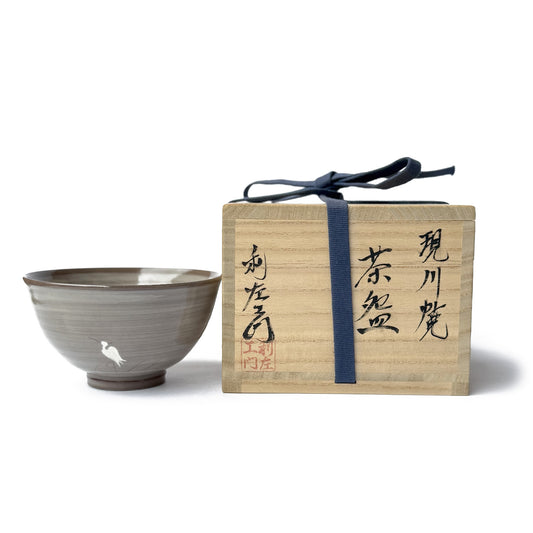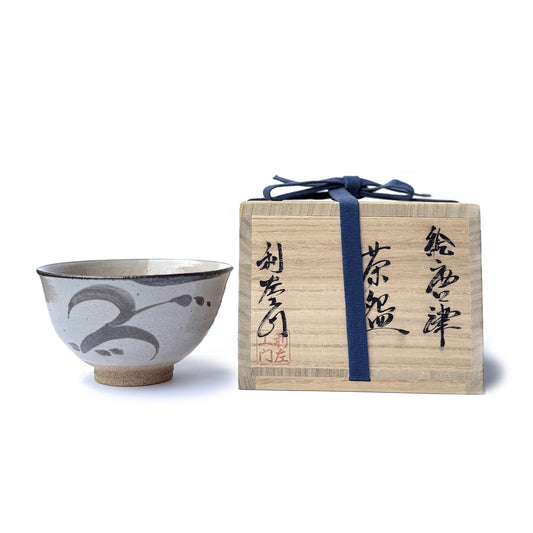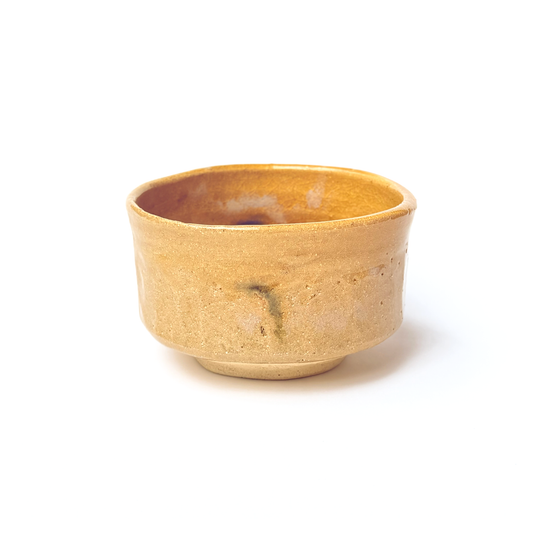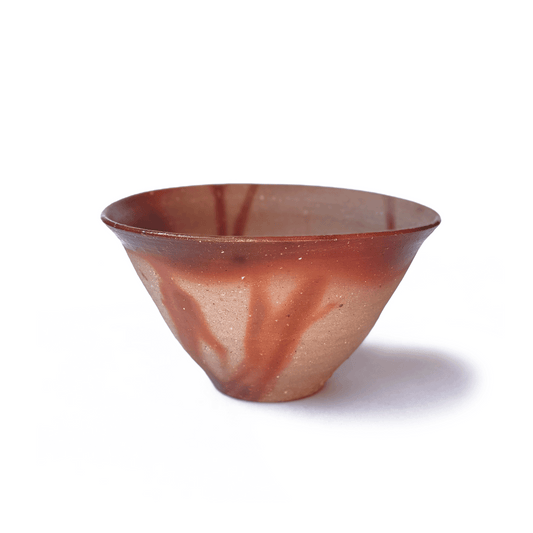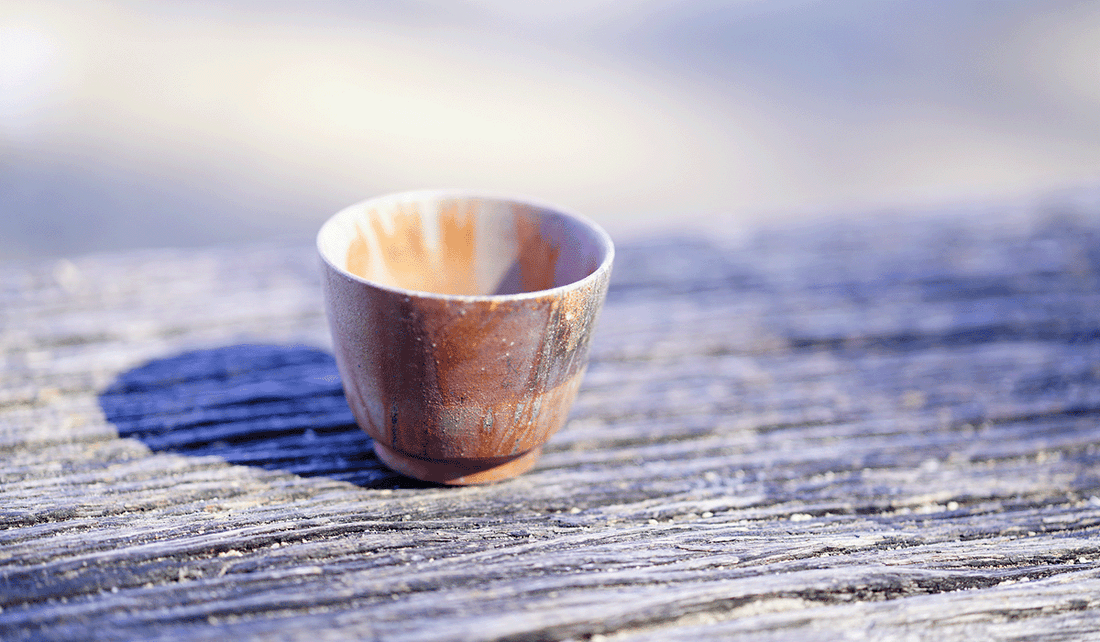
Bizen-yaki: The Rugged Beauty of Japan's Oldest Pottery
Share
Discover a piece of Japanese pottery that is profoundly grounding and alive. Bizen-yaki (備前焼) is the rugged earth, the unpredictable flame, and centuries of tradition all in one. As one of Japan's Six Ancient Kilns, Bizen-yaki holds a unique place in tea culture, cherished for its unglazed, natural beauty.
The Origins of Bizen-yaki
With roots tracing back to the Heian period (794–1185), Bizen-yaki is one of Japan’s oldest ceramic traditions. Its production is centered around Bizen City in Okayama Prefecture, where the local clay, with its high iron content, gives the pottery its characteristic strength and earthy colours. Over centuries, Bizen pottery became deeply connected with the Japanese tea ceremony, as tea masters embraced its rustic beauty in contrast to more refined, glazed wares.
The Art of Firing
Bizen ware is famously unglazed. Instead, color, texture, and surface effects come from the clay, the flame, and ash. This unglazed firing, known as Yakishime (焼締め) is a testament to the potter's skill in allowing nature to create the final aesthetic.
-
Traditional Wood-Fired Kilns: Bizen firing takes place in large, wood-burning climbing (Noborigama) kilns, a type of multi-chambered wood-fired kiln built on a slope. The different temperatures and atmospheres in each chamber, along with the ash from the wood, create unique and unpredictable effects on the pottery
- Natural Kiln Effects: Because there is no glaze to cover imperfections, natural effects are celebrated. Look for Goma (胡麻 sesame seed-like spots from ash), Hidasuki (緋襷 red streaks from rice straw wrapping), or Sangiri (桟切りpartial burial in sand or ash). These unique marks are not flaws, they are the spirit of the kiln's journey

The Role of Bizen in the Japanese Tea Ceremony
- Aesthetic Resonance: In the Japanese tea ceremony (chanoyu), the ideals of wabi-sabi (finding beauty in simplicity and imperfection) are paramount. Bizen’s rustic surfaces and unglazed forms align beautifully with this aesthetic
- Functional Qualities: Bizen's thick, unglazed clay retains heat well, making it ideal for tea bowls. Its porous surface is believed to let tea "breathe," subtly interacting with the vessel over time to enhance the flavour
The Legacy of Bizen: A Work of Patience and Art
In a world full of mass-produced, glazed ceramic wares, Bizen stands out for its authenticity and honesty. It is a piece of art born from a demanding, time-honored process.
Unlike modern kilns that can fire multiple times a month, Bizen potters typically fire their large, traditional kilns only twice a year. Each firing is a painstaking, non-stop process that can last 10 to 14 days. This prolonged firing, fueled by pine wood, allows the flames and ash to interact unpredictably with each pot. It is a work of immense patience and highly skilled craftsmanship.
Yet, despite this meticulous control, the final result remains wonderfully unpredictable. The unique patterns of flame, ash, and heat create effects that cannot be replicated. This beautiful unpredictability means that every single Bizen piece is unique, valuable, and highly sought after, holding the memory of its journey through fire and time.


